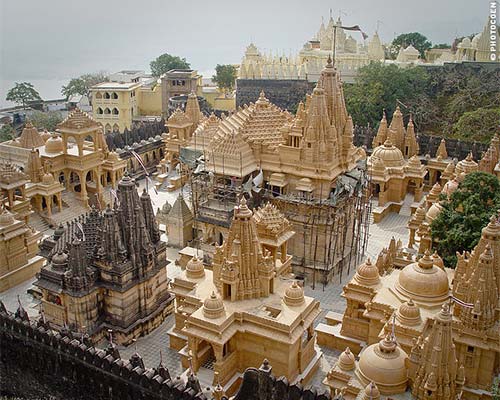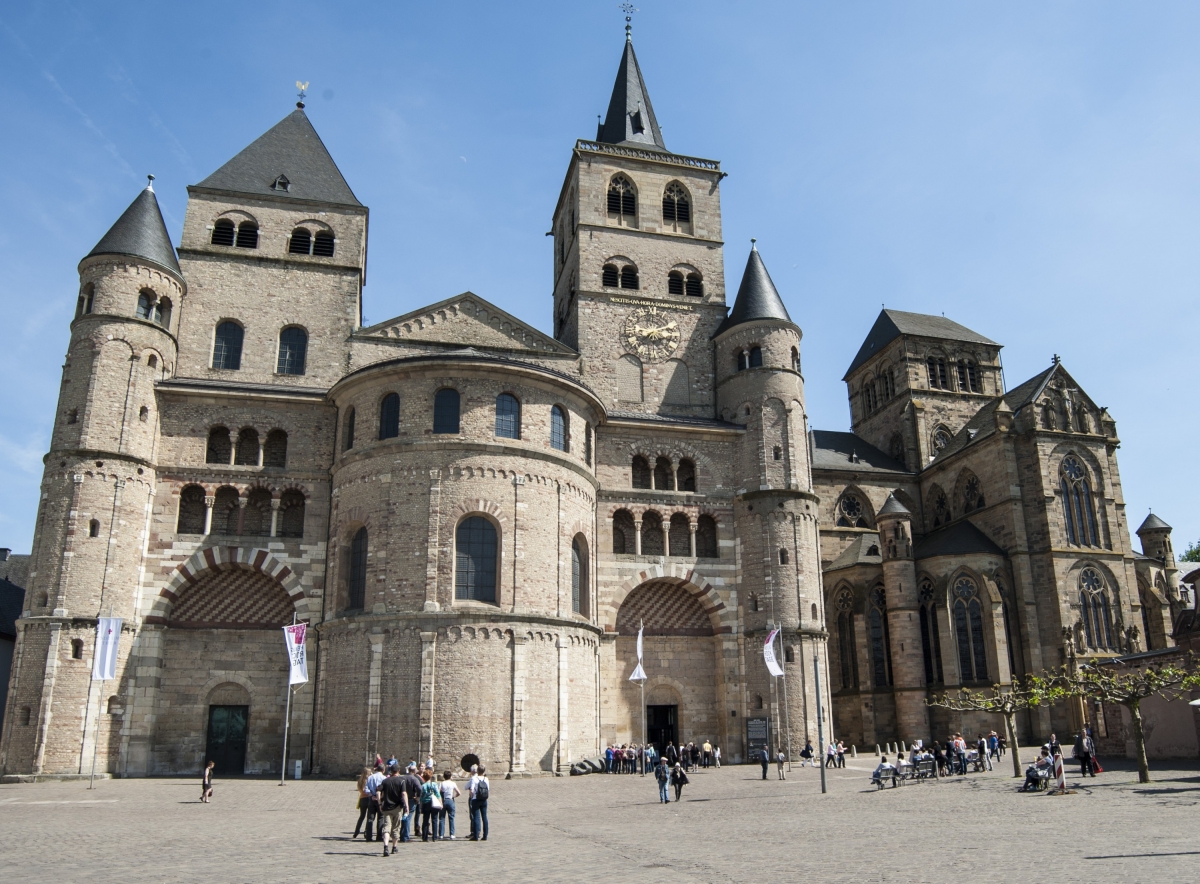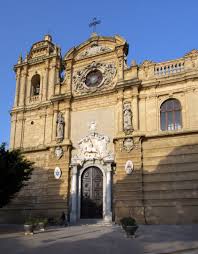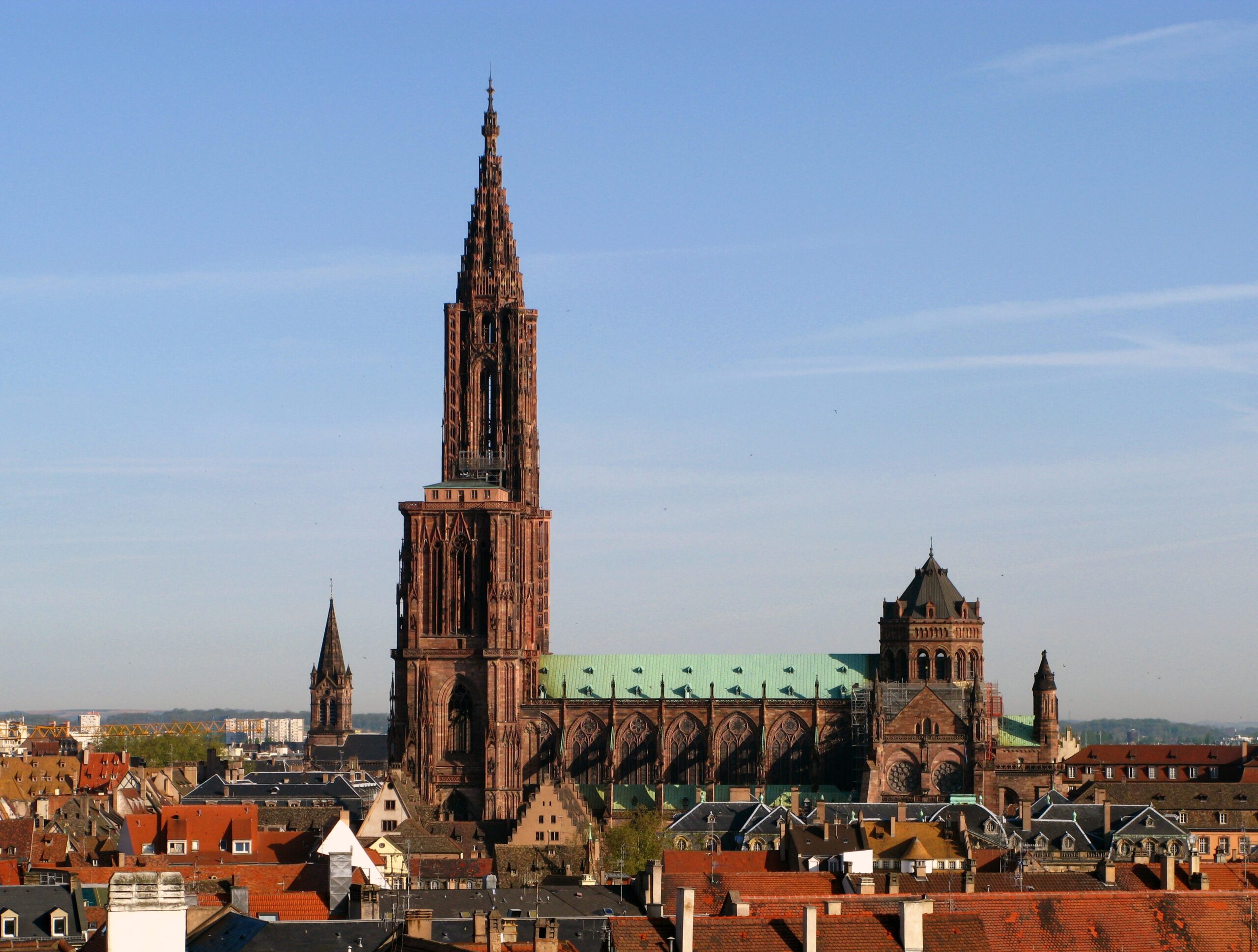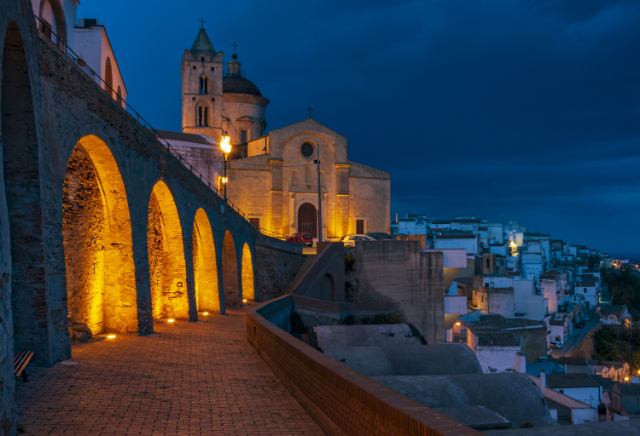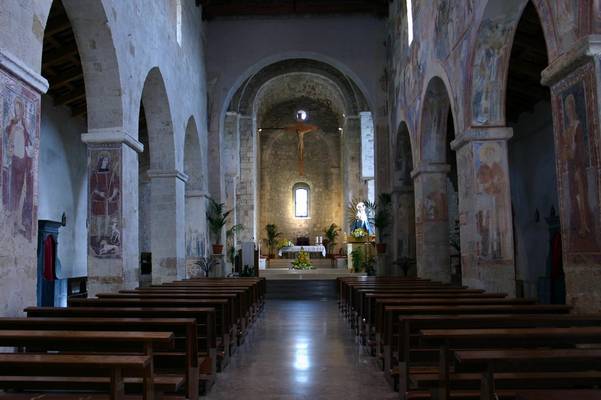Montecassino Abbey stands on the acropolis of ancient Casinum. It is one of the most famous monasteries in Christendom, founded in 529 A.D. by St. Benedict of Norcia, who wrote his "Rule" here, which is known throughout the Western world and was in fact the basis for the birth of modern Europe.
In its millennia-long history, the Abbey of Montecassino has been destroyed four times: first in 577 at the hands of the Lombards, then in 883 it had to suffer the assault of the Saracens. In 1349 it was a violent earthquake that decreed its destruction, while in more recent times it was bombing by Allied troops.
The Abbey that appears today to the eyes of tourists, pilgrims and visitors was rebuilt over the course of a decade, recovering among other things some of the materials from the rubble, reflecting what was the ancient seventeenth-century layout.
Today the Abbey also has a Museum, which arose in 1980 on the occasion of the celebrations of the fifteenth centenary of the birth of St. Benedict and which houses, among other things, a splendid Nativity by Botticelli; a Library, counted among the 11 state public libraries of National Monuments, whose origins can be traced back to the first half of the sixth century, that is, to coincide with the arrival of the Saint from Norcia at Montecassino; and a guesthouse.
The library consists of 72,101 Volumes, 198 Incunabula,1,500 Codices, 20,000 Parchments and 2,063 Cinquecentines.
Those who ascend to Monte Cassino can admire from above the panorama of Terra Sancti Benedicti, the city of Cassino below, and part of the wall that united ancient Casinum with its acropolis.


